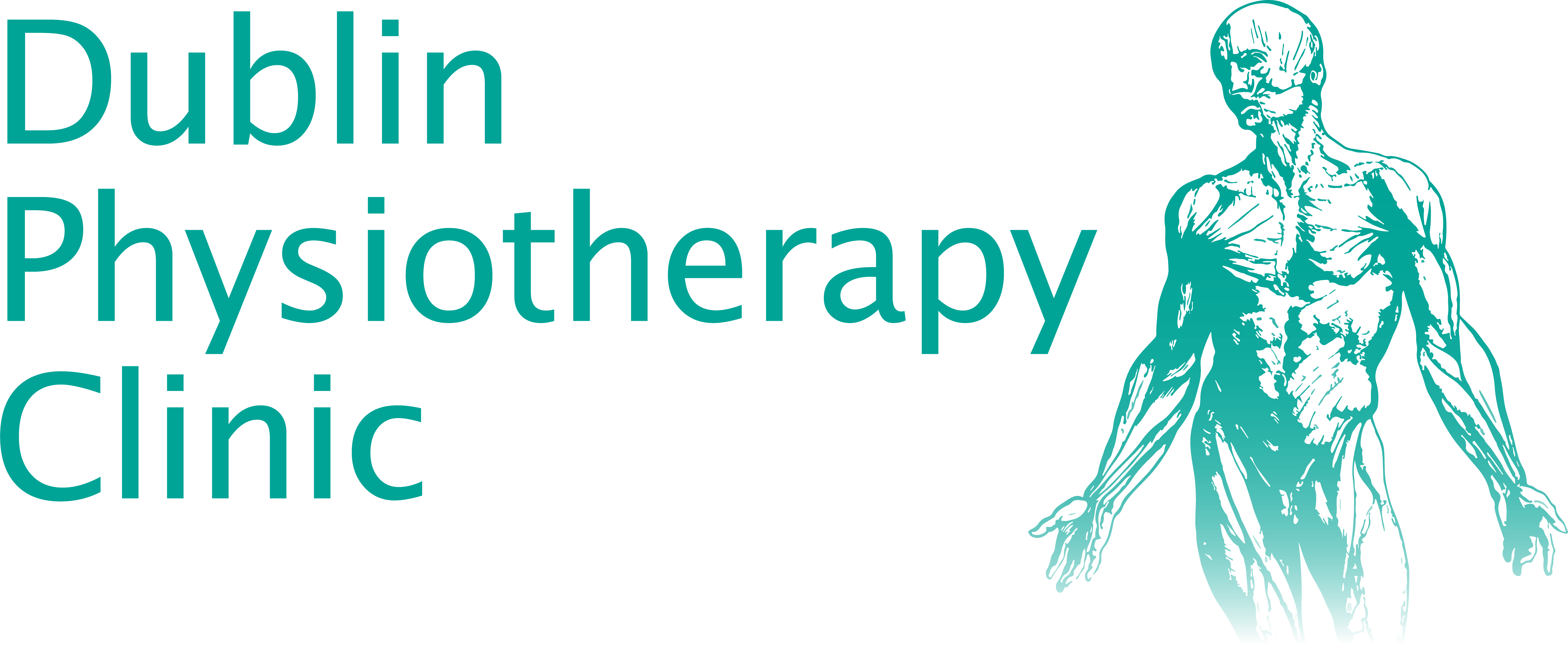In today’s video, chartered physician David Fitzgerald shares with us some of the clinical aspects involved with whiplash.
As you can predict from its name, whiplash is a very general description of an injury that usually occurs in the form of a “whipping mechanism” of the head.
There are, however, many variables involved in this, one of which is the impact direction.
In the video below, David goes more into detail on the subject, giving us a better understanding of what a whiplash really is.
Just like every other clinical problem, the scale of severity is quite wide, including people on the severe end, left with intractable pain as a result of the whiplash mechanism. On the other hand of this scale, however, there are people with different levels of pain and different durations of recovery.
Whiplash divided into categories
Whiplash is generally divided by physiotherapists and clinicians into different categories. These go from grades 1 to 6.
On the simple end of the scale, we find low-grade muscle strains, similar to what could be caused by a slip or a fall and usually leading to a few weeks of very minimal pain. It’s common in these cases that people decide not to see a clinician as the whiplash didn’t cause too much dysfunction.
As the degree of damage increases, the degree of pain and discomfort goes up as well. In these situations people usually end up consulting their doctor, asking for anti-inflammatory or anti-spasmodic medication.
Over the past years, it has become routine to let the patients who suffered from whiplash caused by an accident to undergo an X-ray due to the small percentage of possibility of a spine fracture. An X-ray is therefore undertaken as a precautionary measure. The vast majority of patients, however, don’t manifest any bone injuries after a whiplash has taken place.
If the symptoms persist for a number of months, patients might be advised to get an MRI scan. This, however, doesn’t usually add much to the diagnosis if not confirming that the destruction of tissues has taken place.
A lot of the debate around whiplash, in fact, revolves around the lack of “proof” emerging from MRI scans. If a patient suffered a whiplash following an accident, they might find difficulties proving the gravity of their injury due to the lack of any visual evidence (i.e. X-ray scan, MRI scan).
Other issues surrounding whiplash
From a clinical point of view, the main problem to identify is what structures are aggravated by the whiplash, the degree of damage and what type of treatments are required. Moving from the most simple end of the scale to the most severe one, the ligaments might be involved, the neck joints and ligaments can be badly strained and the joints can become irritated. Lastly, in more severe cases you might get nerve irritation due to the “sudden stretch” following the whiplash.
If the symptoms are very severe, often there would be acute muscle spasms that will tend to lock the neck, leaving all the muscles in the area not functioning very well. In these cases, the treatment should try to improve the function of the muscles in the back of the neck and the shoulders.
When dealing with whiplash, it is very often the case that the patient is in pain, although no disruption or damage shows on their scans. The clinician’s job is to identify what structures are sore, usually by examining the patient’s general range of movement. This in-depth examination is essential to understand where the patient is on the scale of pain and what the right treatment would be.
These are some of the issues related to whiplash, which is a much wider subject when discussed in depth. As David explained in his video, patients suffering from it can place themselves in very different areas of the same spectrum. If you want to have a deeper understanding of the subject, then David’s video is full of detailed explanations, which will give you a broader understanding of what a whiplash really is.





